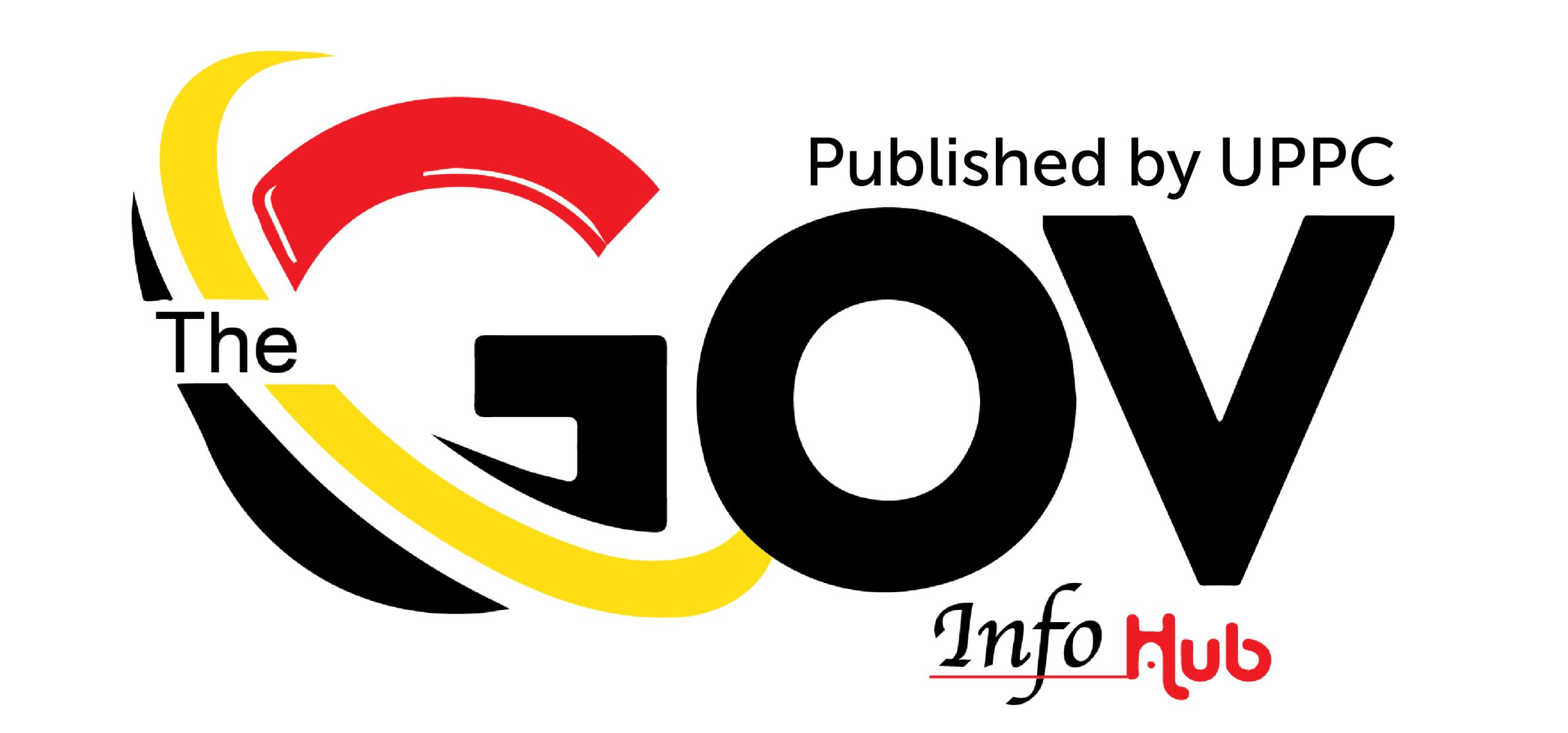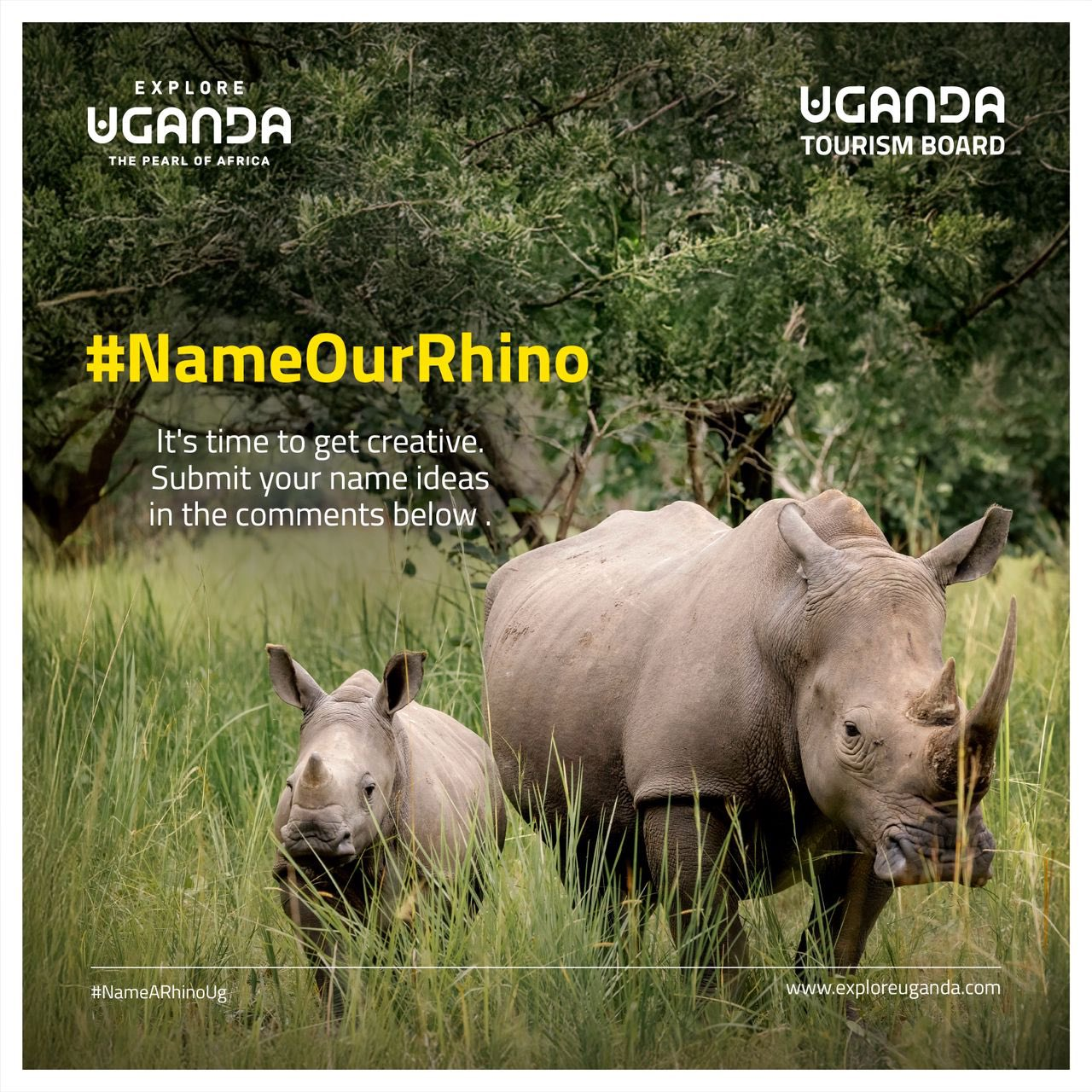By Fidel Boy Leon
Uganda held its first-ever rhino naming ceremony at Ziwa Sanctuary, celebrating 17 newborn calves and marking a remarkable conservation comeback story.
The southern white rhino, extinct in Uganda’s wild since 1983, now numbers 48 individuals, up from just six when reintroduction began in 2005.
The ceremony wasn’t just about cute animal names. It represented Uganda’s broader push to make wildlife conservation profitable and sustainable.
Seventeen rhino calves, all under one-year-old, received names during the vibrant ceremony. The sanctuary, managed by Uganda Wildlife Authority, has become East Africa’s rhino conservation success story through careful breeding and 24/7 protection against poaching.
Dr. James Musinguzi, UWA’s Executive Director, framed the achievement simply: “Uganda has chosen resilience over extinction.”
Minister Muruuli Mukasa, speaking for President Museveni, tied rhino conservation directly to economic transformation. Tourism represents a key GDP growth pillar, and a thriving wildlife population attracts the international visitors Uganda needs.
“Our government recognises tourism’s potential to transform Uganda’s economy. That’s why we’re investing in infrastructure, peace, and conservation,” he said.
Tourism Minister Tom Butime called the 17-named calves “national treasures and global ambassadors for Uganda’s tourism potential.” The Uganda Tourism Board’s involvement reflects their strategy: protect the product before marketing it globally.
Uganda plans to transfer 20 rhinos to Ajai Game Reserve and Kidepo Valley National Park, reintroducing the species to wild habitats. Captain Joseph Roy, Ziwa’s founder, urged a phased approach to ensure careful monitoring during adaptation.
The expansion requires $11 million for conservation initiatives, including intelligent fencing at Ajai and a Joint Command Centre in Kampala for real-time wildlife monitoring across all parks.
British High Commissioner Lisa Chesney was honoured as a “Rhino Champion,” naming her rhino “Pearl” to symbolise Uganda’s precious biodiversity. Another rhino, “Kira,” became the Parliamentary Rhino, emphasising national significance.
Thirty individuals have named rhinos so far, with 14 becoming “frienders”—long-term conservation supporters through ongoing pledges.
James Kalema, UWA Board Chair, positioned the success within broader themes: “Conservation is not just about wildlife, it’s about unity, policy, peace, and shared responsibility.”
The ceremony attracted government officials, traditional leaders, civil society, private sector players, and international embassy representatives, showing the coalition behind Uganda’s conservation push.
While the ceremony celebrated genuine achievement, challenges remain. Poaching threats continue requiring constant vigilance and extensive protection. The $11 million fundraising target for expansion shows conservation’s high costs.
Moving rhinos from Ziwa’s controlled environment to wild parks carries risks. Success depends on careful planning, adequate funding, and sustained political commitment to ceremonial events.
Uganda Tourism Board CEO Juliana Kaggwa connected rhino conservation to the country’s $50 billion tourism goal. Without quality wildlife offerings, that target remains a fantasy.
The naming ceremony represents Uganda’s bet that conservation pays—through tourism revenue, international goodwill, and national pride. Whether that bet succeeds depends on maintaining momentum when public attention fades and funding pressures mount.
For now, 48 rhinos roam Ziwa Sanctuary where none existed two decades ago. It’s a conservation success story worth celebrating, even as the harder work of expansion and long-term sustainability lies ahead.


